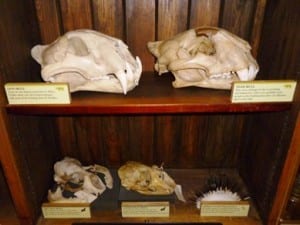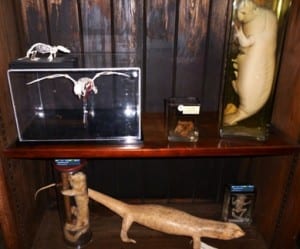Can museums lie?
By Jack Ashby, on 5 December 2011
Can we lie about what a specimen is or where it came from?
Would it make a difference to you if we deliberately mis-labelled a specimen? If we wrote interesting factual labels about common seals, but used a grey seal skull in the display, would you care if you found out? The facts would still be true. What if we said the specimen was from Britain when the specimen actually came from Denmark?
This is the newest QRator question we are asking through one of our ground-breaking iPad displays. It’s something we’re really interesting in hearing what you think, so please do get involved in the conversation. (more…)
 Close
Close





